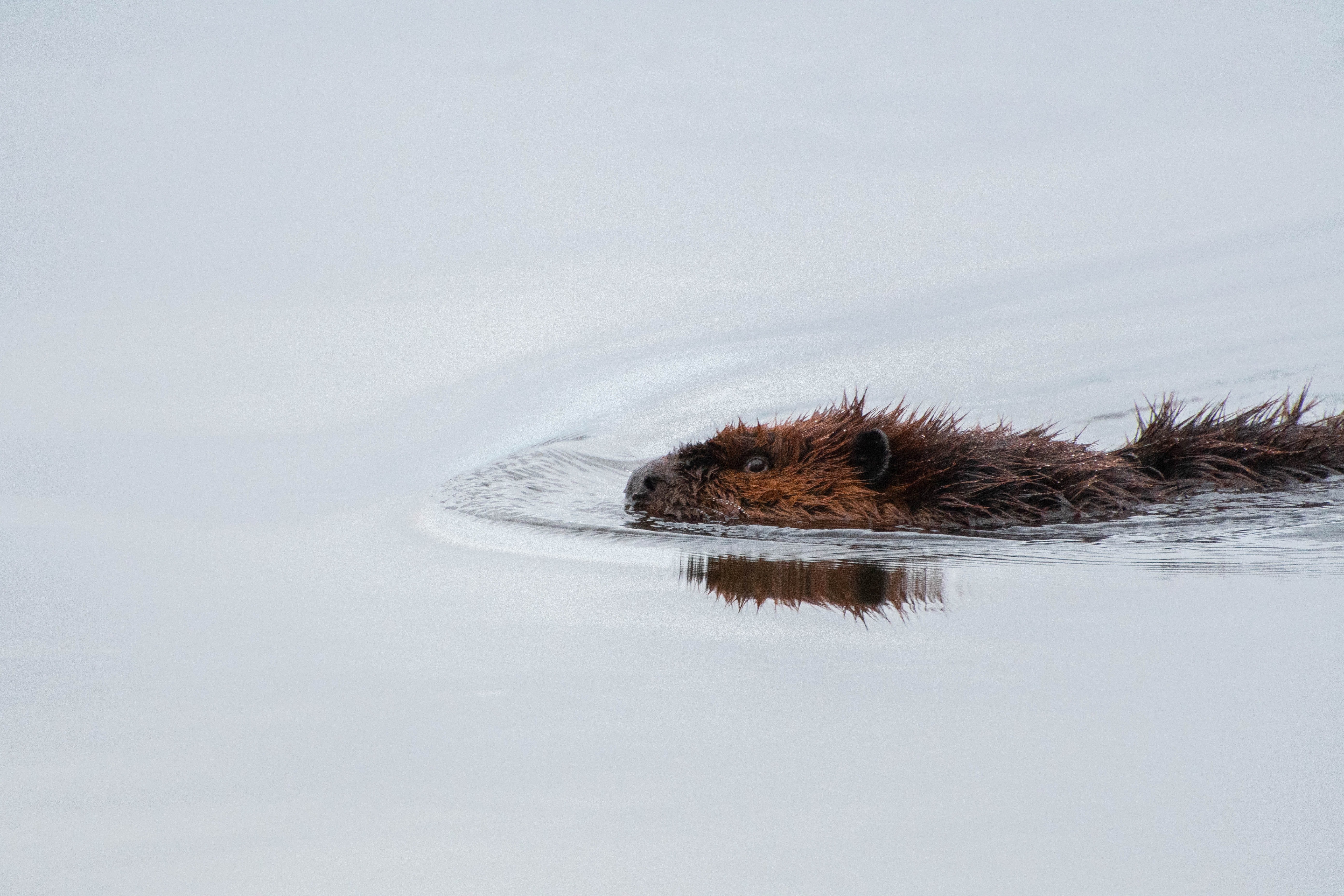Abstract
Extirpation of wolves from the Greater Yellowstone Ecosystem (GYE) in the 1920shypothetically triggered a behaviorally-mediated trophic cascade in which elk (Cervus elaphus), released from the fear of wolf (Canis lupus) predation, over-browsed riparian zones. Eventually, vast areas of meadow-wetland complexes transitioned to grass-lodgepole systems. The importance of beaver (Castor canadensis) in wetland losses has received less attention. Beaver abandoned most of the GYE by the 1950s, possibly due to resource limitations. Researchers from Colorado State University established an experimental system for Long Term Environmental Research in Biology (LTREB) along several streams in the Lamar Valley of Yellowstone sixteen years ago. To evaluate effects of hydrologic changes and elk browsing on productivity of willows (Salix spp.) and state transition, they built small experimental dams with browsing exclosures. In 2015, beaver began recolonizing the region. I am investigating how their biologic as well as hydrologic impacts affect the underlying mechanisms of state transition: nutrient cycling, productivity, and stream respiration. I posit that beaver are keystone species, meaning that the sustained recovery of wetland-meadow complexes is unlikely without the higher levels of riparian productivity triggered by the biological influence of beaver.
Featured photo by Ben Amaral on Unsplash. https://unsplash.com/photos/rohY54N6auU

